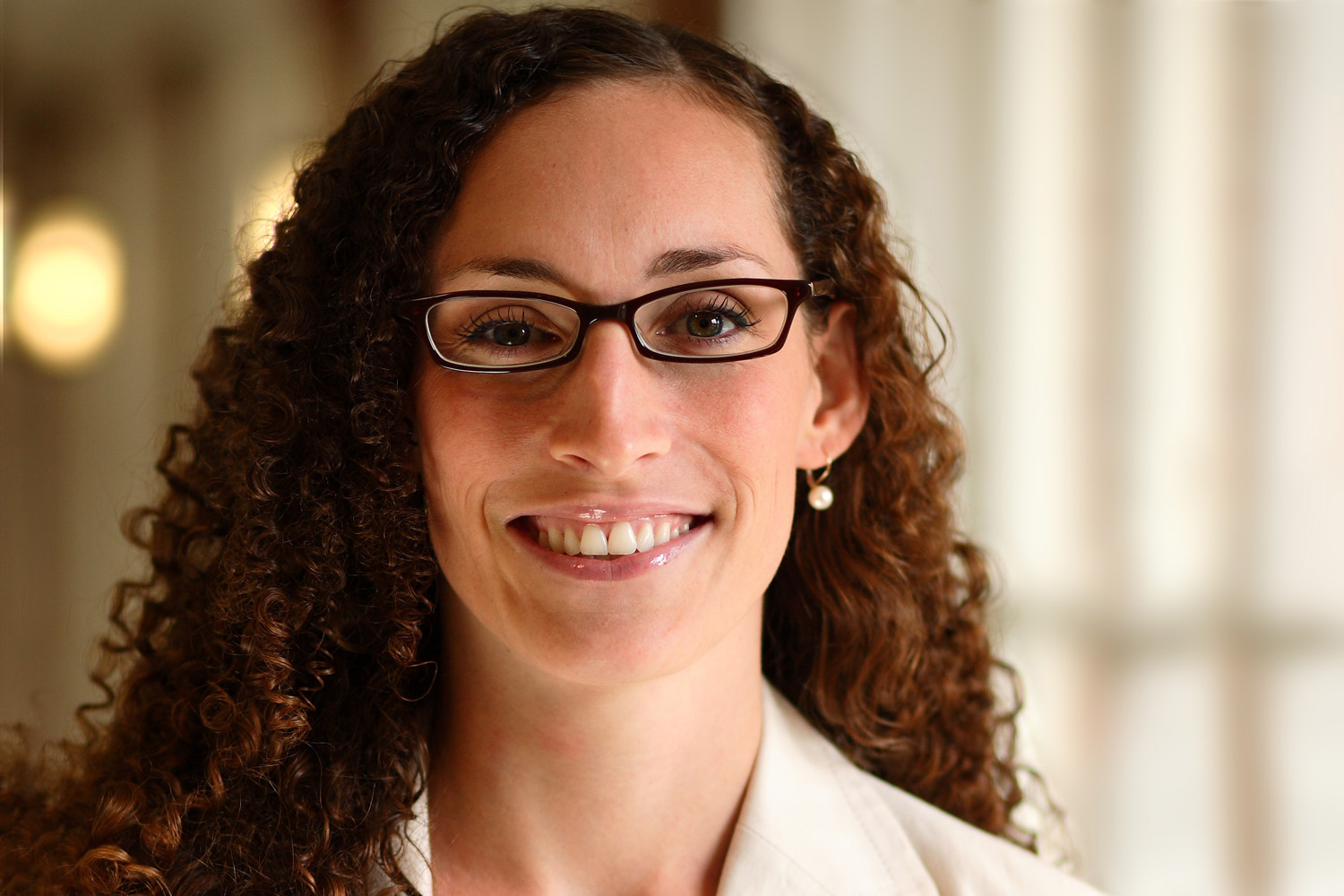April 4, 2012 — The American racial order the beliefs, institutions and practices that organize relationships among the nation's races and ethnicities is currently undergoing its greatest transformation since the 1960s, argues a new book co-authored by the University of Virginia's Vesla Weaver.
Weaver, a politics professor in U.Va.'s College of Arts & Sciences, and her co-authors identify four factors driving the transformation, as noted in the new volume's title, "Creating a New Racial Order: How Immigration, Multiracialism, Genomics and the Young Can Remake Race in America." Cumulatively, these factors are increasing heterogeneity within each racial or ethnic group and decreasing the distance separating groups from each other.
The book shows that individuals are moving across group boundaries, that genomic science is challenging the whole concept of race, and that economic variation within groups is increasing. Above all, young adults understand race differently from their elders: Their formative memories are 9/11, Hurricane Katrina and President Obama's election, and not civil rights marches and riots.
No one knows where the current transformation will eventually lead, but the outcome will depend on Americans' personal and political choices, the book contends.
Weaver's co-authors are Jennifer L. Hochschild, a professor of government, African and African American studies at Harvard University, and Traci R. Burch, an assistant professor of political science at Northwestern University and research professor at the American Bar Foundation.
Weaver shared some insights from her book to answer a few questions from UVa Today.
Q. What is an example of one of the more obvious changes to the racial order?
A. Things were fairly stable in the late 20th century, following the upheavals of the 1960s. Ethnic and racial groups remained largely homogenous in their level of economic well-being, political power and presentation to outsiders. Groups also remained fairly separated from each other in neighborhoods, schools, social interactions and jobs.
But the turn of the 21st century is witnessing four new drivers of change: abundant immigration, public recognition of multiracialism, the growth of genomic science and the emergence of new cohorts of young Americans. The changes are most visible and potent in recent changes in how people define races and categorize themselves.
For example, consider the situation of Hispanics. Currently there is disagreement about whether Hispanicity is best understood as a race, as in the post-1960s canonical list of black, white, Asian and Latino/Hispanic, or as an ethnicity, as in the notion, "Hispanics may be of any race." Politicians' campaign strategies, judges' decisions, advocacy groups' rallying points and individuals' identities and behaviors will vary depending on whether they understand Latinos to be a single group or a disparate set of nationalities, as immigrant "outsiders" or as part of an expanded sense of "white."
Q. How is genomics impacting America's racial order?
A. Genomics has the potential to transform the very meaning of race. In what direction is not yet clear. Personalized medicine may undermine the whole notion of race. But the discovery of medically or behaviorally meaningful genomic clusters that correspond to identifiable population groups may reintroduce biology into our understanding of race. Whatever direction genomics takes us, Americans' current understanding of race will eventually seem as quaint as 19th-century phrenology (skull measurements) and "fractions of blood" seem now.
Q. What is a less pronounced aspect of the transformation of the racial order?
A. In the past, laws change first, then social attitudes, then social interactions. The last and toughest things to change are the hard indicators of relative group positions like disparity in wealth, school test scores, incarceration rates and who's living in the poorest, most crime-bitten neighborhoods.
Non-white groups are making gains in educational attainment and achievement, but slowly and fitfully and schooling gains are only slightly reflected in higher incomes. Wealth holdings remain rigidly fixed by race and class. So long as that remains the case, so long as young black men in poor communities are likely to be incarcerated and have little chance of success once released, and so long as unauthorized immigrants lack a pathway to citizenship and upward mobility, the hierarchy of relative group positions is being only partly altered.
However, political choices can lower, if not eliminate, these structural barriers, and relative group positions are changing more rapidly in the political arena. Blacks and Hispanics more slowly are gaining office through some combination of geographic concentration, demographic change, young white adults' willingness to support non-white candidates, non-white candidates' and officeholders' increasing ability to speak across group and ideological lines, and blacks' overwhelming support for many candidates of their own race. Barack Obama won the presidency through all of these means, and he is not unique.
Q. How would you prefer to see the racial order change?
A. If transformative forces persist and prevail, the United States can finally move toward becoming the society that James Madison envisioned in Federalist No. 10, one in which no majority faction, not even native-born European-Americans, dominates the political, economic or social arena.
Our book sets out to help strengthen the political will to attain Madison's vision.
Media Contact
Article Information
April 4, 2012
/content/americas-racial-order-midst-transformation-says-uva-professor

